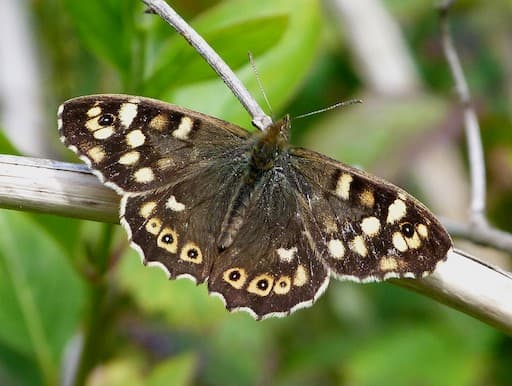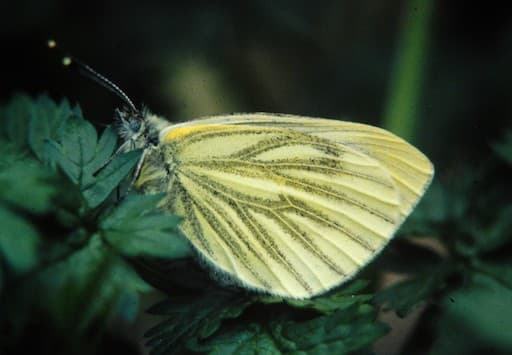A Buzz in the Air
When spring comes we all want to get outside and enjoy the warmer weather. Guess what, Jock and his insect pals are just the same!
In Jock’s Autumn section he looked at how minibeasts spend the winter months- they have different ways of avoiding the cold! Some take shelter under the soil, or under logs, rocks or in leaf piles, some go inside the wood of logs and trees and others even come inside our homes! Many will die off at the end of summer but they leave their eggs, larvae pupae to keep their species going the following spring. Others will spend the winter as adults, effectively hibernating. While we often speak of insects hibernating, the correct term is diapause , which means they go dormant. Only warm-blooded creatures hibernate in the true sense of the word.
Whichever way they have done their best to avoid the cold of winter, spring is a really important time for minibeasts. As cold blooded creatures their body temperature is set by the temperature outside. As it warms up in spring, insects start to become active again, and they are really hungry and thirsty. So the first thing they do is to head out to find food!
It is absolutely vital to have early flowering plants to provide pollen and nectar for these ravenous critters.
We’re going to look at bees and butterflies, and as we do so we will talk about their different stages of development - this has a fancy name, called metamorphosis. This video explains metamorphosis;


This is part of the Insects In Spring information.